In The South Bronx of America: Photographs by Mel Rosenthal at the Museum of the City of New York
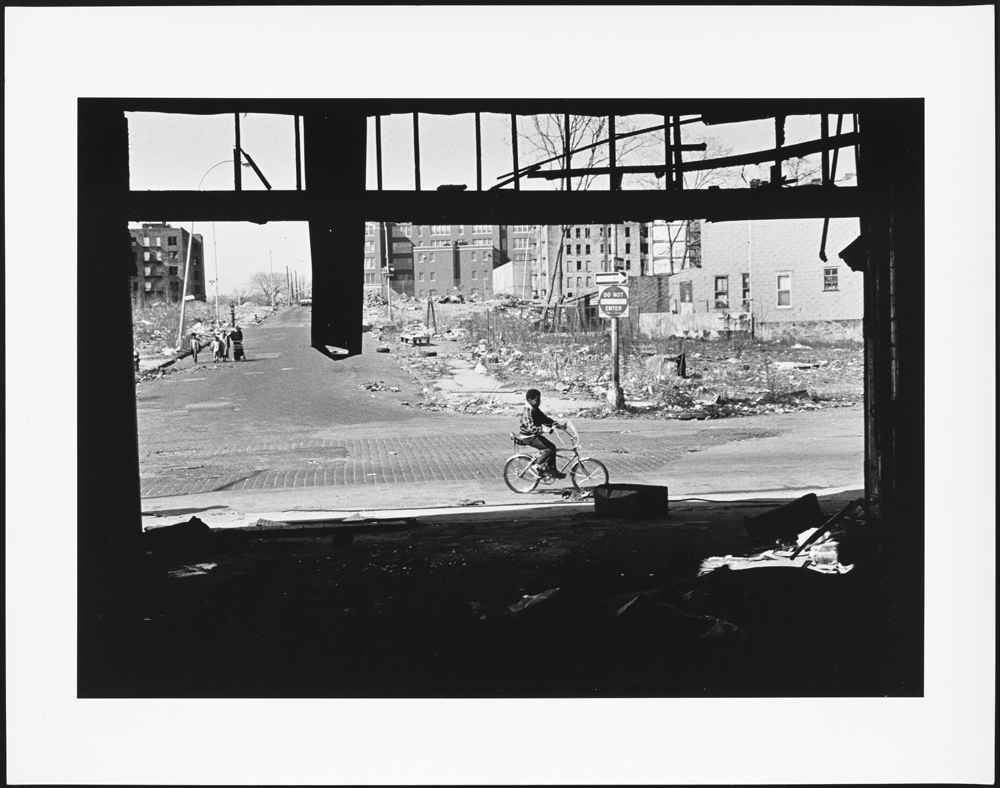
©Mel Rosenthal for the NY Times, Life carries on in the War Zone. 1975-1981 Gelatin silver print Museum of the City of New York, Gift of Roberta Perrymapp, 2013.12.1
In putting together this post, my thoughts kept returning to the importance of documenting our moment in time. Our ordinary lives may not seem so extraordinary, but with the patina of time, those ordinary moments become so much richer and more fascinating. I have shared numerous projects reflecting life in New York during the 70’s and 80’s, but I have never focused on the unsung borough, the Bronx.
The Museum of the City of New York has recently opened an exhibition, In The South Bronx of America, featuring a collection of 42 original prints by the photojournalist Mel Rosenthal. The exhibition that runs through Sunday, October 16 reveals the harrowing social conditions of the South Bronx from 1976-82.
“When these photographs were taken, city officials targeted the South Bronx to become an Enterprise Zone, where factories would be built and their owners given special tax privileges. This marked the start of a tumultuous period of decline in the South Bronx, brought on by a loss of manufacturing jobs, reductions in municipal services in accordance with the controversial policy of “planned shrinkage”, plummeting property values, a mass exodus of its residents and rampant arson. Photographer Mel Rosenthal, who grew up in the South Bronx, was determined to give a public face, and a voice, to those who had been left behind by the area’s evolution.”

©Mel Rosenthal for the NY Times, Among the Last Residents, Their playground: Bathgate Avenue and East 173rd Street. 1976-1982 Gelatin silver print Museum of the City of New York, Gift of Roberta Perrymapp, 2013.12.3
“We are very proud to host these compelling photos, which show the South Bronx during a difficult period in our city’s history,” said Whitney Donhauser, Ronay Menschel Director of the Museum of the City of New York. “We are glad that the South Bronx has come back strong since this period; however, it is important to look back at our history to better appreciate today and look forward to tomorrow.”
Rosenthal’s work often focuses on how changing social conditions influence individuals. His best-known work, In The South Bronx of America depicts the residents of the South Bronx as they struggle to survive against backdrops of their abandoned neighborhood, serving as a visual documentation of humanity in an area that had become a national symbol of urban decay. His work is not only moving documentary about the resilience of people living in challenging circumstances, but also an activist’s critique of government policies that wrote off entire communities.
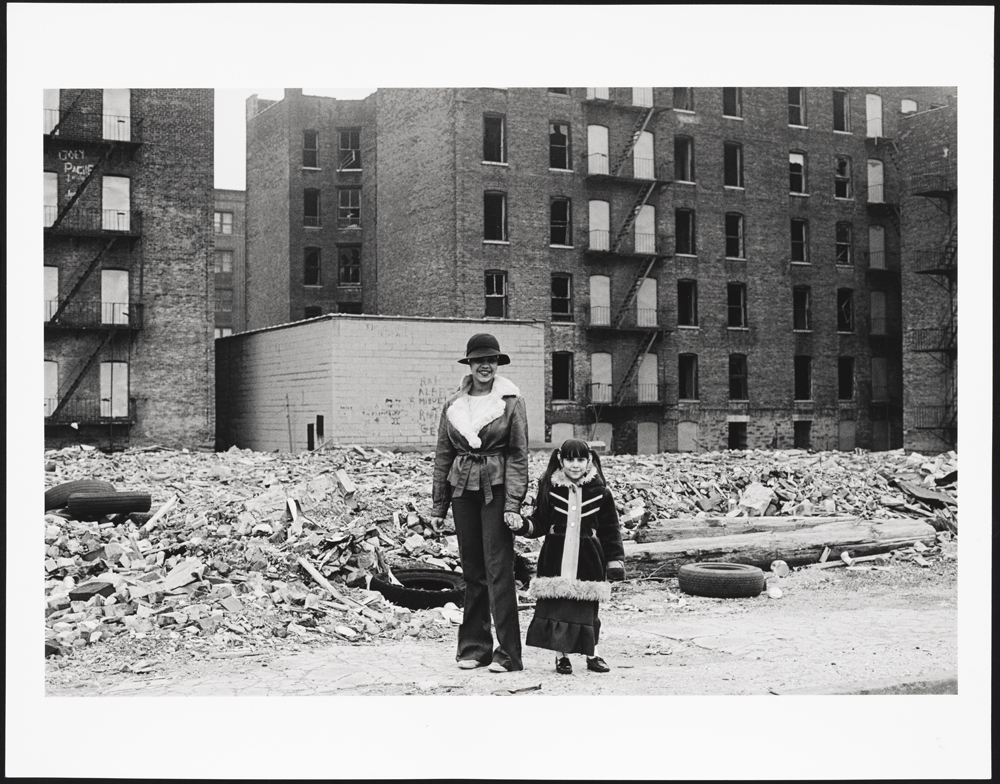
©Mel Rosenthal for the NY Times, Mother and daughter pause in the ruins, which is still their home, Claremont Parkway. 1976-1982 Gelatin silver print Museum of the City of New York, Gift of Roberta Perrymapp, 2013.12.5
Writing about these photos, William Jay Smith, the former poet laureate of the United States said, “Not since Eudora Welty photographed rural Mississippi in the 1930s has anyone caught so memorably a people and place as Mel Rosenthal has done in this unforgettable record of the South Bronx.”
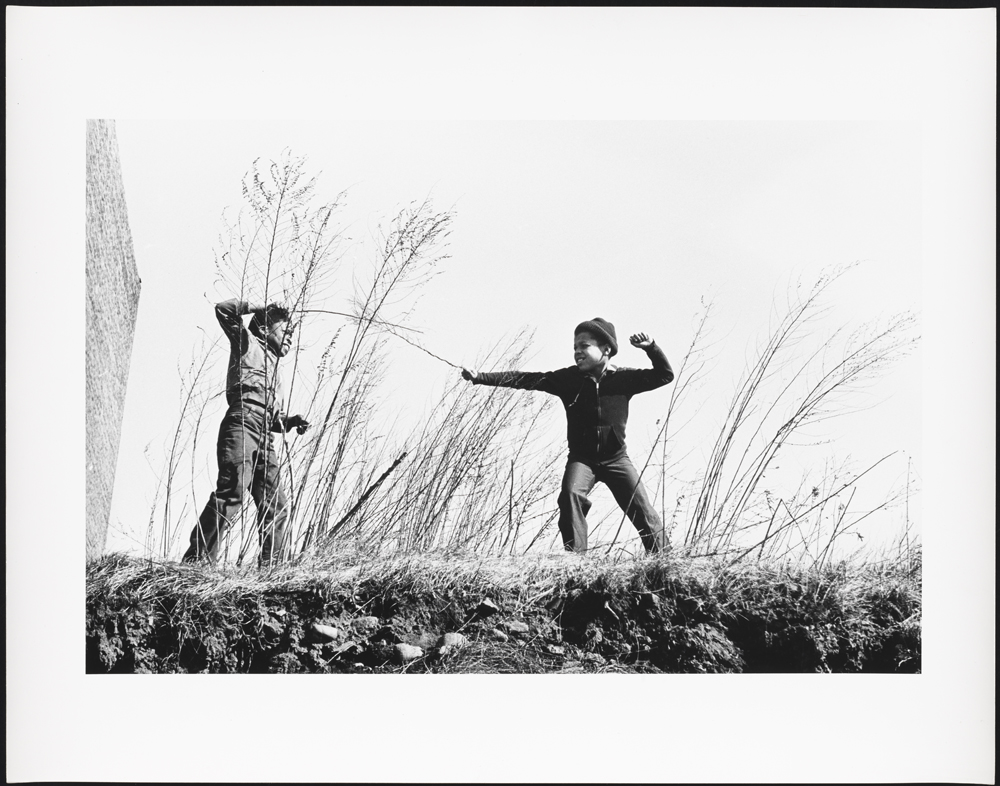
©Mel Rosenthal for the NY Times, Kids fencing, Bathgate Avenue and 174th St. 1976-1982 Gelatin silver print Museum of the City of New York, Gift of Roberta Perrymapp, 2013.12.7
Mel Rosenthal received a Ph.D. in English Literature and American Studies from the University of Connecticut. He taught at Vassar College and the University of Connecticut before taking a journey of self-exploration to Africa. During his trip to Dar es Salaam, Tanzania, Rosenthal honed his skills as a photographer by working as a medical photographer at the University Hospital. While there, he worked with Paolo Freire, a Brazilian educator who was directing a UNESCO sponsored literacy project to teach people how to read and write by allowing them to discover the power of words and images. The experience Rosenthal had in Tanzania prepared him for his return to the crumbling neighborhood where he had grown up in, the South Bronx. The photographs in In The South Bronx of America grew out of his teaching work at Empire State College in the South Bronx in the 1970’s.
After nearly 40 years of teaching, Rosenthal retired as Distinguished Professor of Art at SUNY/Empire State College, where he taught photography and directed the college’s photography program in New York City. He is formerly the photography editor of culturefront, the magazine of the New York Council for the Humanities, and has been awarded fellowships from the New York Foundation for the Arts and the National Endowment for the Arts.
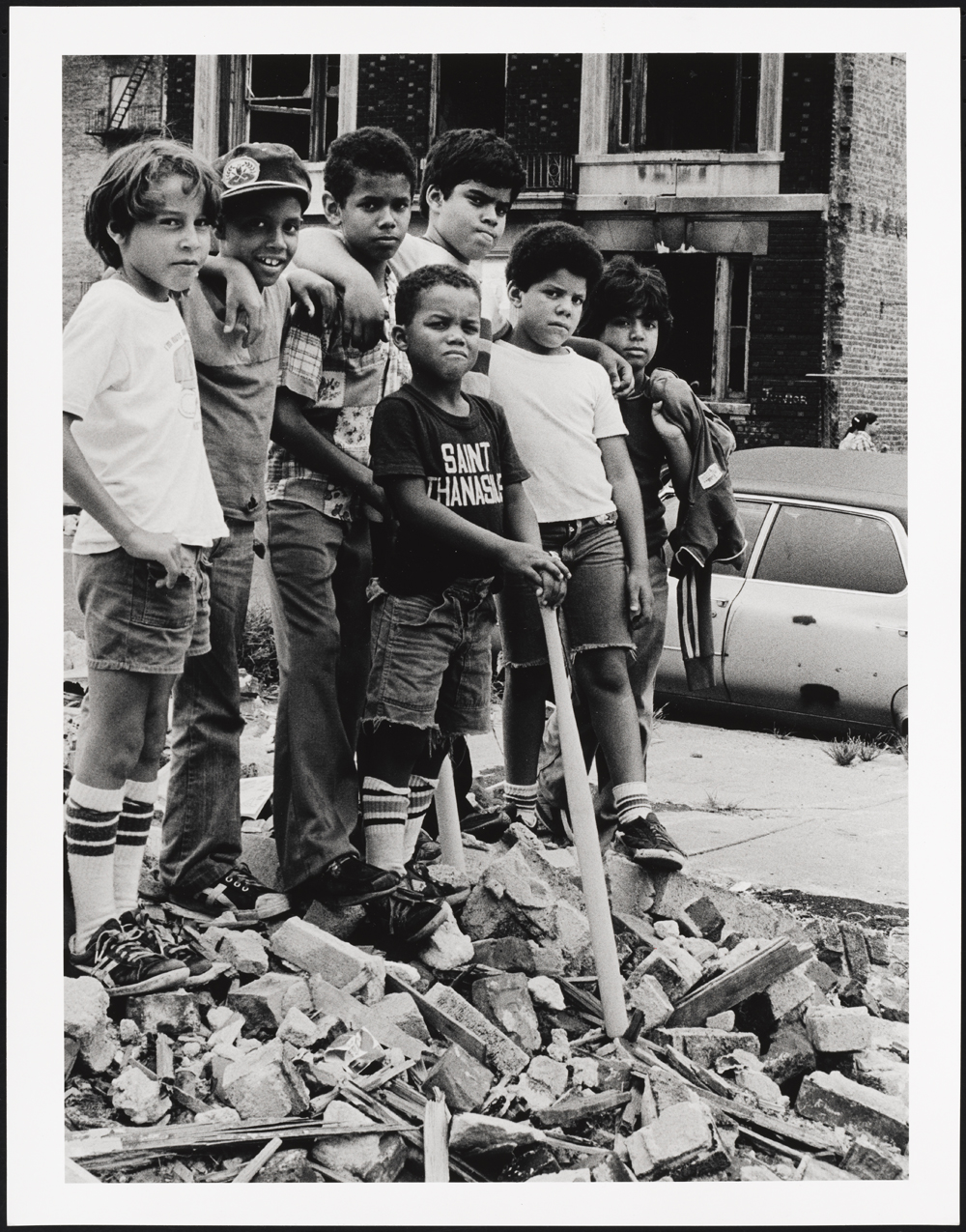
©Mel Rosenthal for NY Times, St. Athanasia’s baseball team. Young African-American leader leans into a baseball bat in front of his team. 1976-1982 Gelatin silver print Museum of the City of New York, Gift of Roberta Perrymapp, 2013.12.9
About the Museum of the City of New York
Founded in 1923 as a private, nonprofit corporation, the Museum of the City of New York celebrates and interprets the city, educating the public about its distinctive character, especially its heritage of diversity, opportunity, and perpetual transformation. The Museum connects the past, present, and future of New York City, and serves the people of the city as well as visitors from around the world through exhibitions, school, and public programs, publications, and collections.
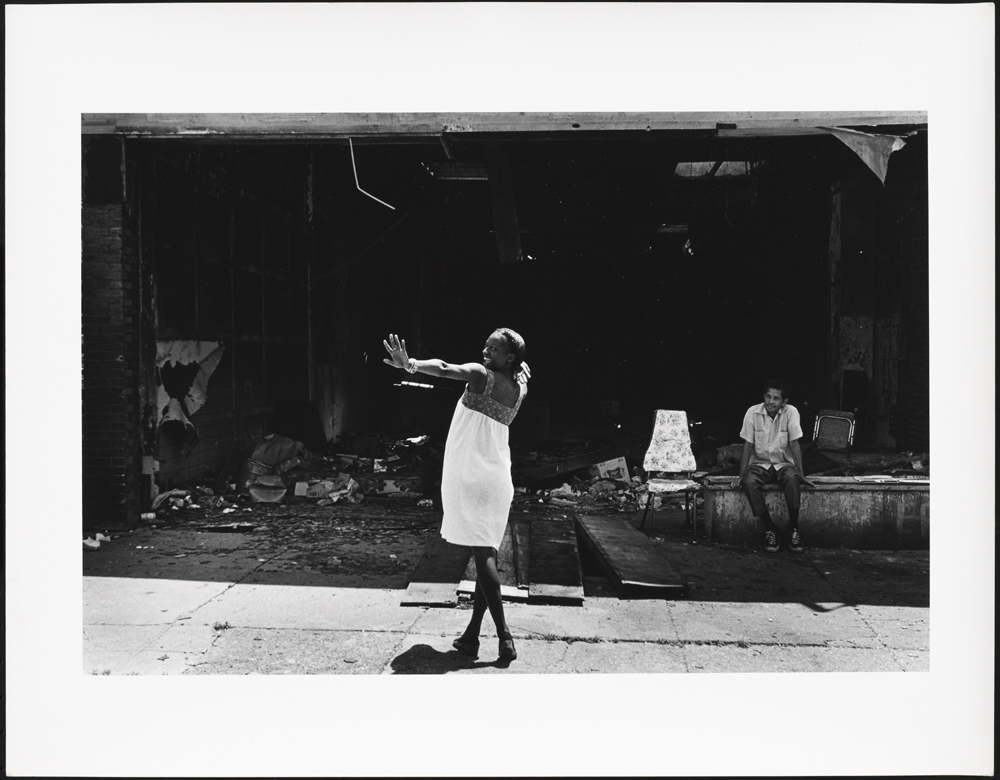
©Mel Rosenthal for the NY Times, When I looked for her to give her the picture, her building had burned and she had moved 1976-1982 Gelatin silver print Museum of the City of New York, Gift of Roberta Perrymapp, 2013.12.10
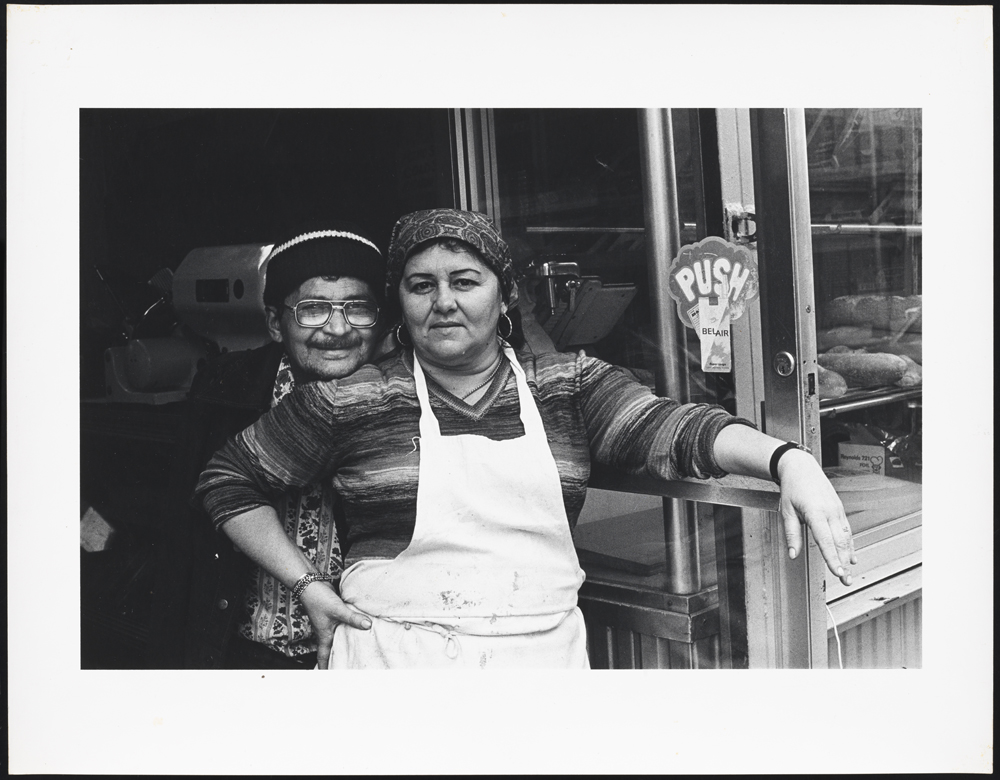
©Mel Rosenthal for the NY Times, Shop keeper, Ana, in front of El Cubano Deli 1976-1982 Gelatin silver print Museum of the City of New York, Gift of Roberta Perrymapp, 2013.12.12
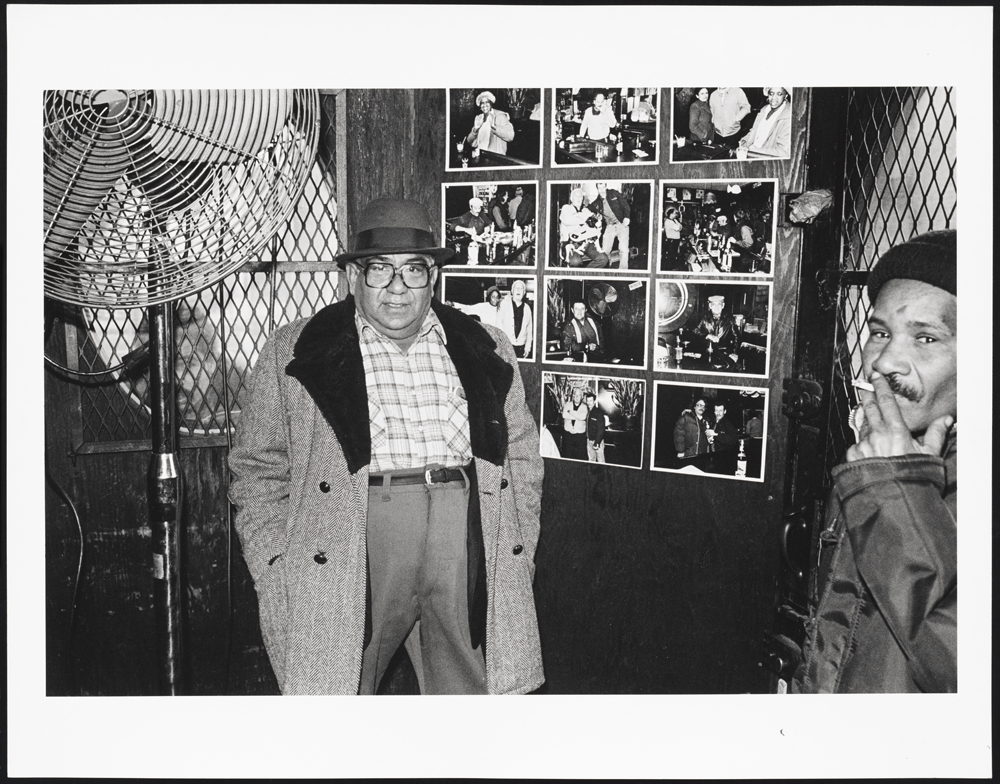
©Mel Rosenthal for the NY Times, Mikey at the bar, next to my photographs. I loved hanging out, having a beer, taking pictures, listening to what people said about the neighbor-hood. People were open and generous with me 1976-1982 Gelatin silver print Museum of the City of New York, Gift of Roberta Perrymapp, 2013.12.14
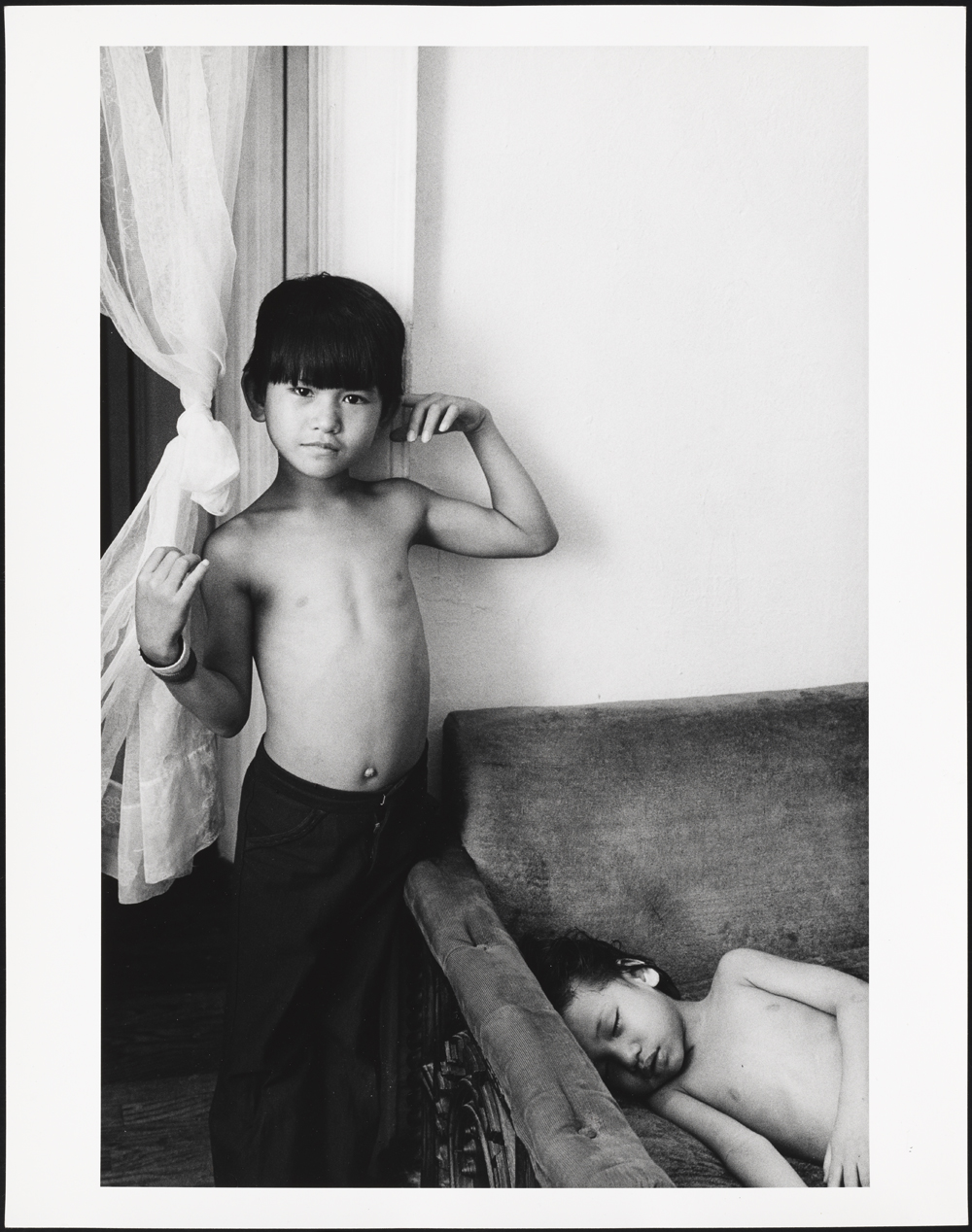
©Mel Rosenthal for the NY Times, Cambodian immigrants placed in abandoned apartment building in the South Bronx by the well-meaning charity that brought them to America. Mel Rosenthal met them when he traced water running down the steps of their apartment coming from their toilet. 1976-1982
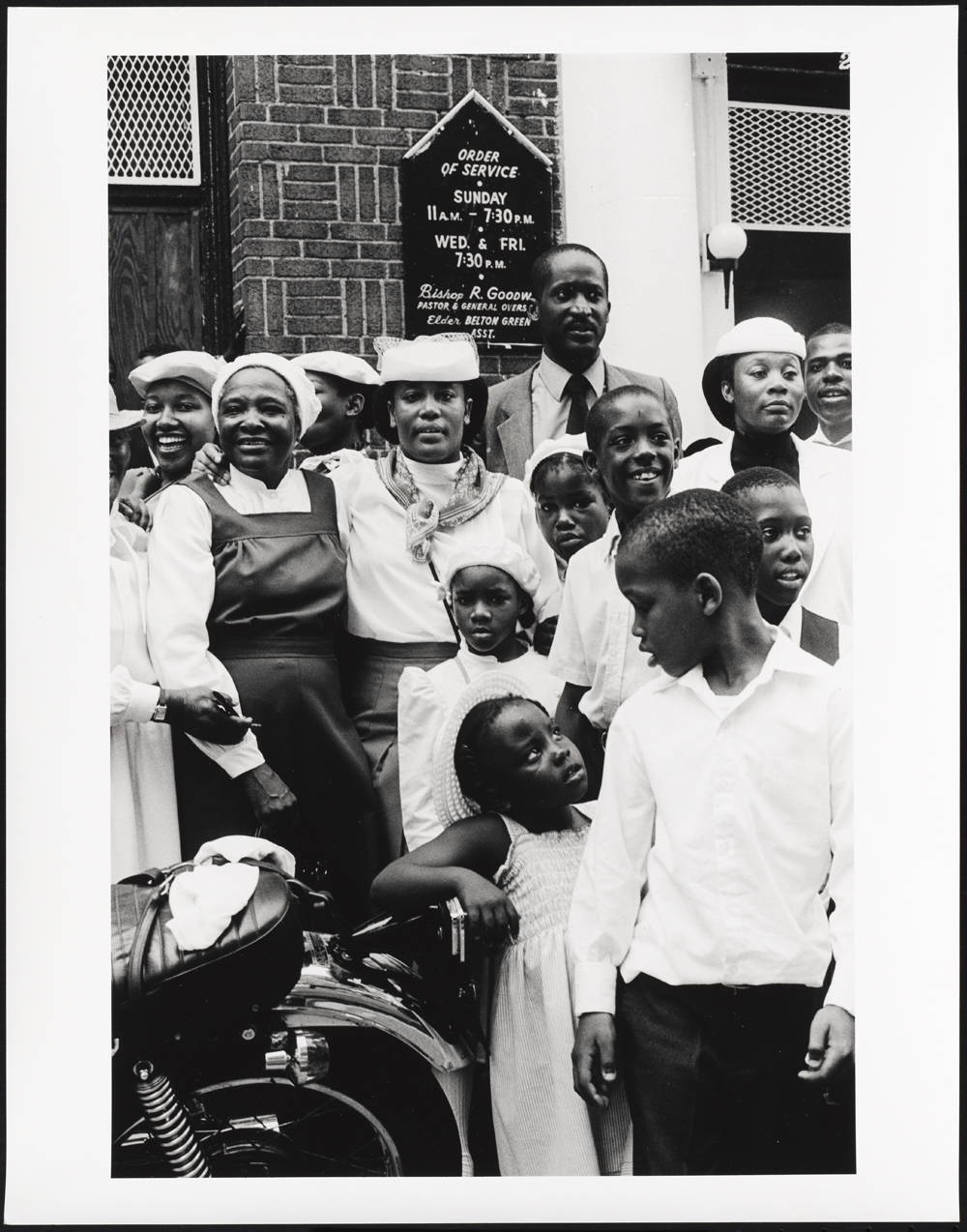
©Mel Rosenthal for the NY Times, African-American congregation in front of church. 1976-1982 Gelatin silver print Museum of the City of New York, Gift of Roberta Perrymapp, 2013.12.18
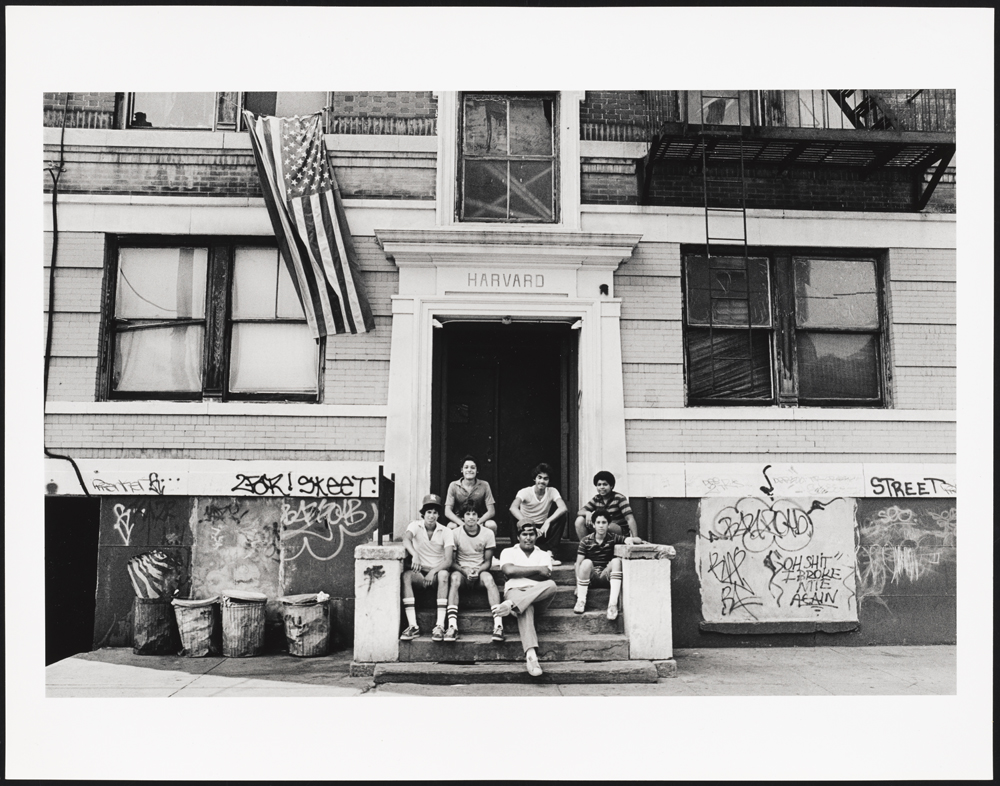
©Mel Rosenthal for the NY Times, Fourth of July, hanging out on the stoop of their apartment house. 1976-1982 Gelatin silver print Museum of the City of New York, Gift of Roberta Perrymapp, 2013.12.22
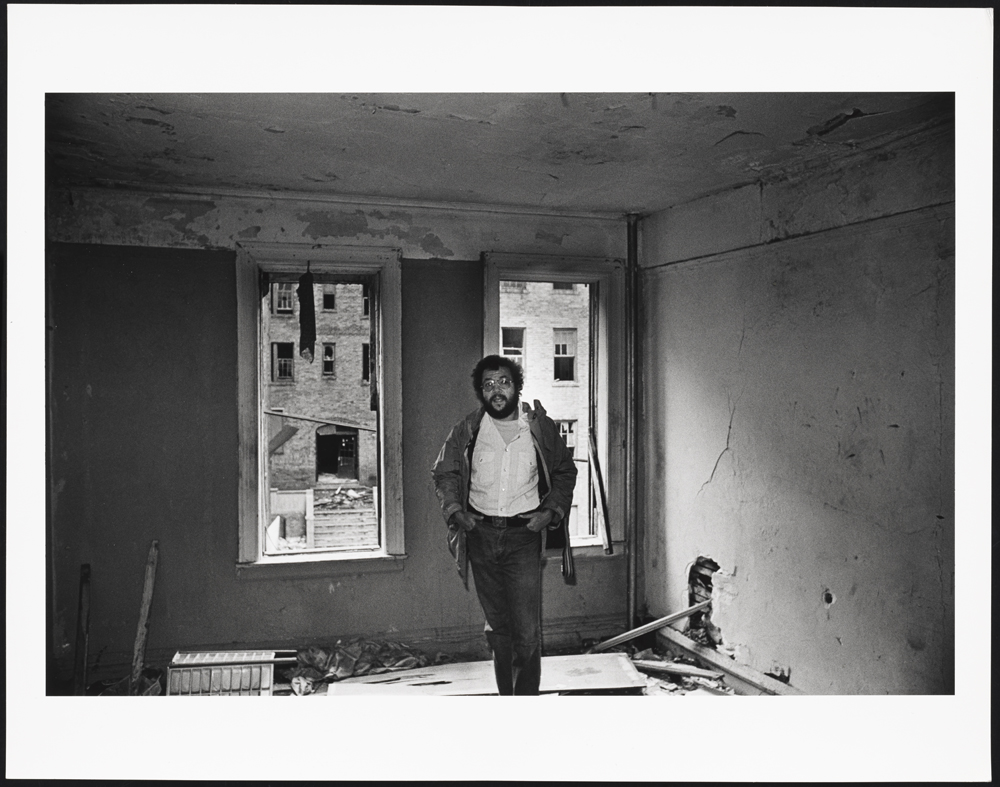
©Mel Rosenthal for the NY Times, Mel Rosenthal in his old bedroom in the South Bronx 1976-1982 Gelatin silver print Museum of the City of New York, Gift of Roberta Perrymapp, 2013.12.23

©Mel Rosenthal for the NY Times, Teens clean up the rubble in order to create a neighborhood garden. 1976-1982 Gelatin silver print Museum of the City of New York, Gift of Roberta Perrymapp, 2013.12.25
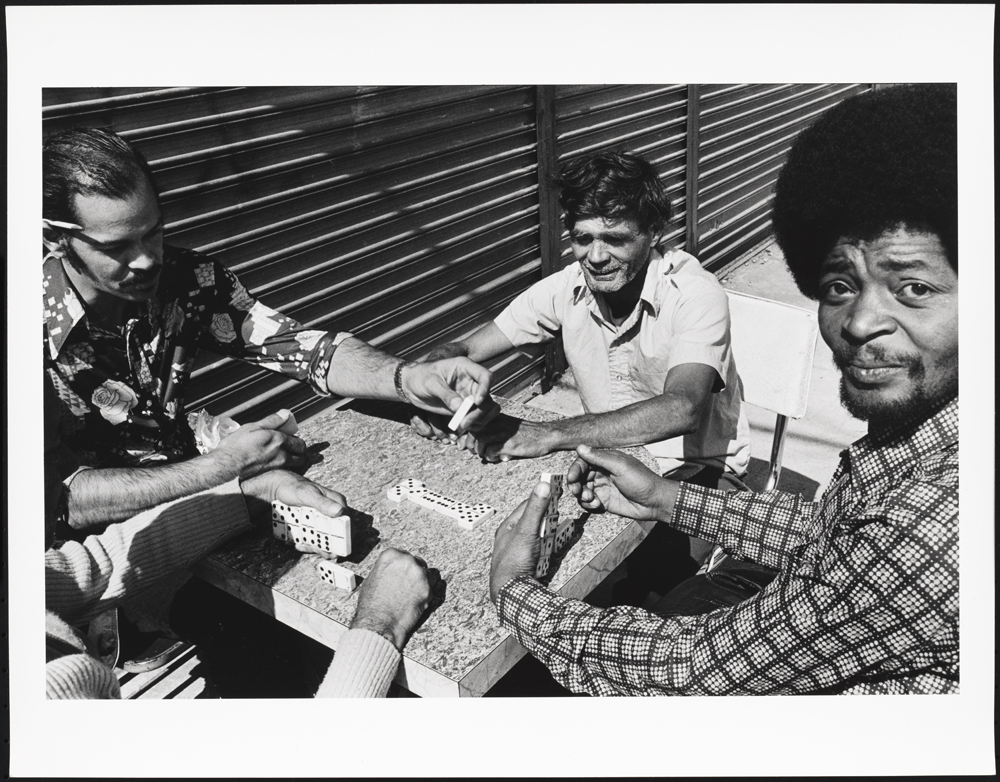
©Mel Rosenthal for the NY Times, The daily domino game in front of the Social Club. 1976-1982 Gelatin silver print Museum of the City of New York, Gift of Roberta Perrymapp, 2013.12.28
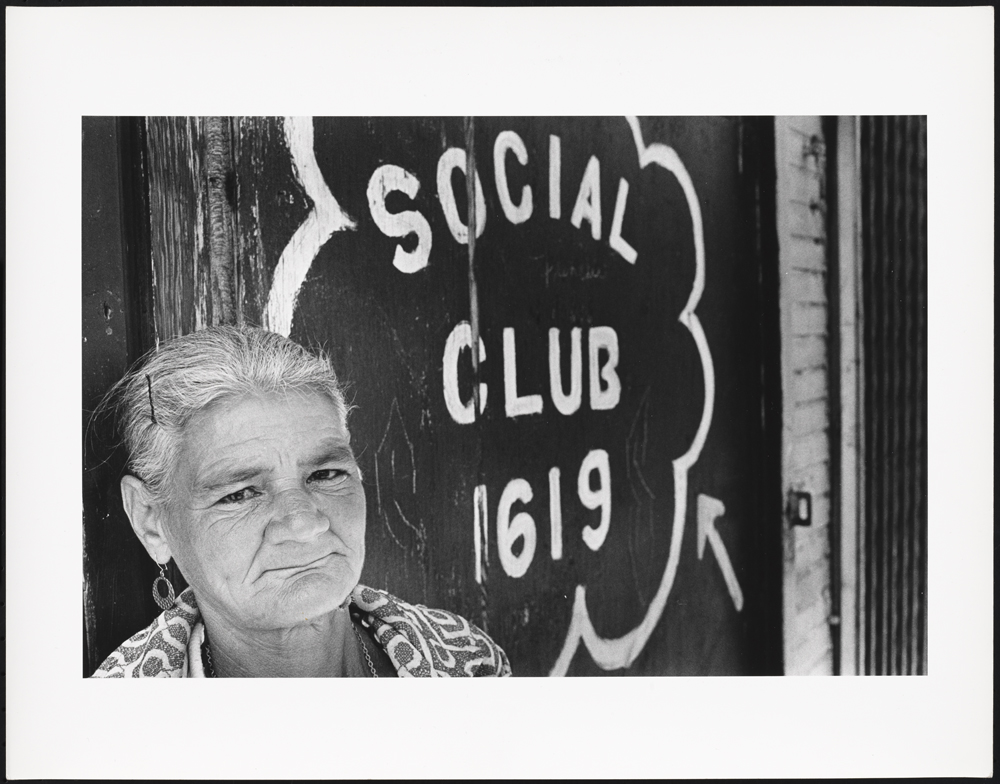
©Mel Rosenthal for the NY Times, Paulina in front of the Social Club before it got demolished. 1976-1982 Gelatin silver print Museum of the City of New York, Gift of Roberta Perrymapp, 2013.12.29

©Mel Rosenthal for the NY Times, Among the last residents, mother and daughter, East 173rd Street. 1976-1982 Gelatin silver print Museum of the City of New York, Gift of Roberta Perrymapp, 2013.12.34
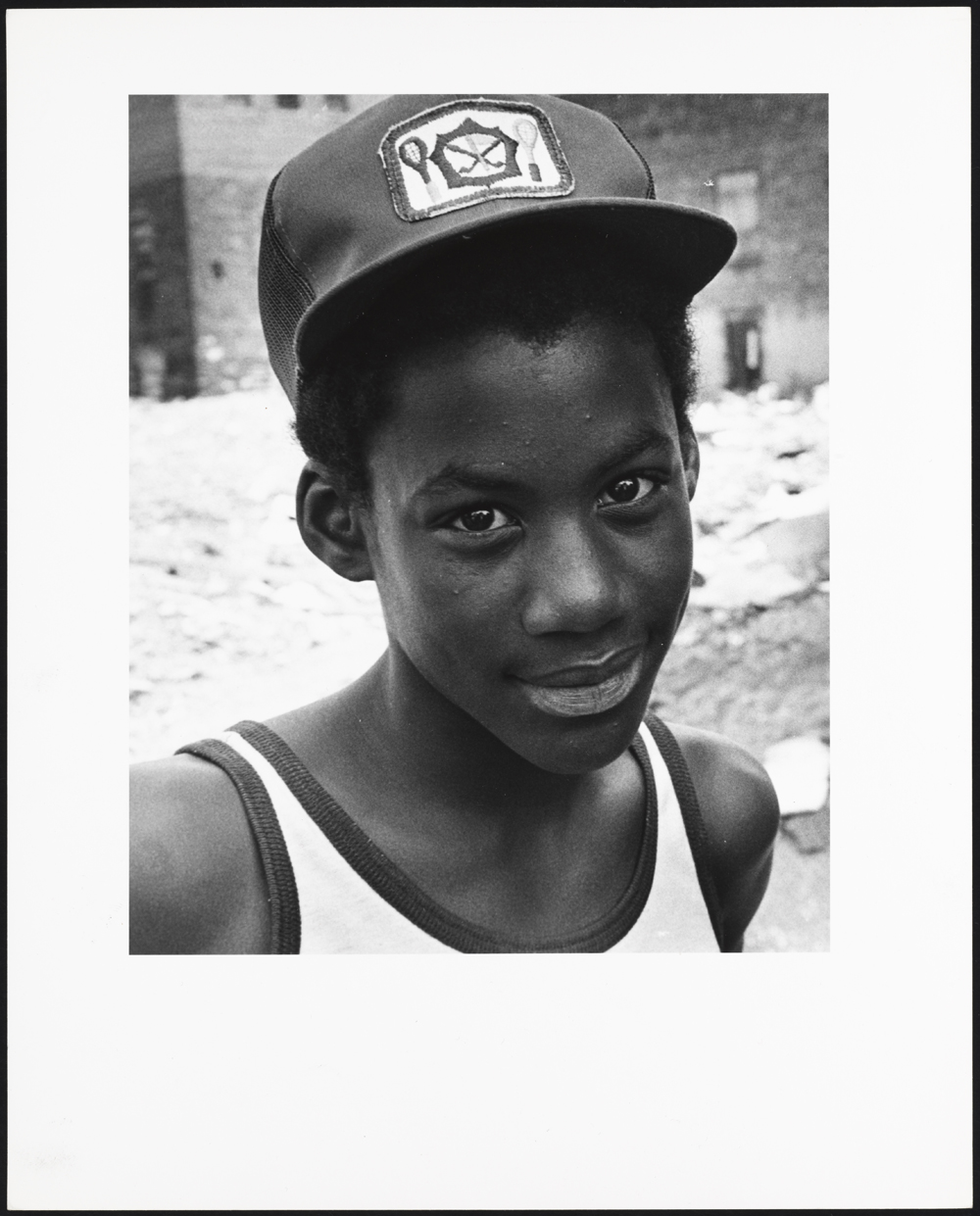
©Mel Rosenthal for the NY Times, Junior high school student, Bathgate Avenue. 1976-1982 Gelatin silver print Museum of the City of New York, Gift of Roberta Perrymapp, 2013.12.35
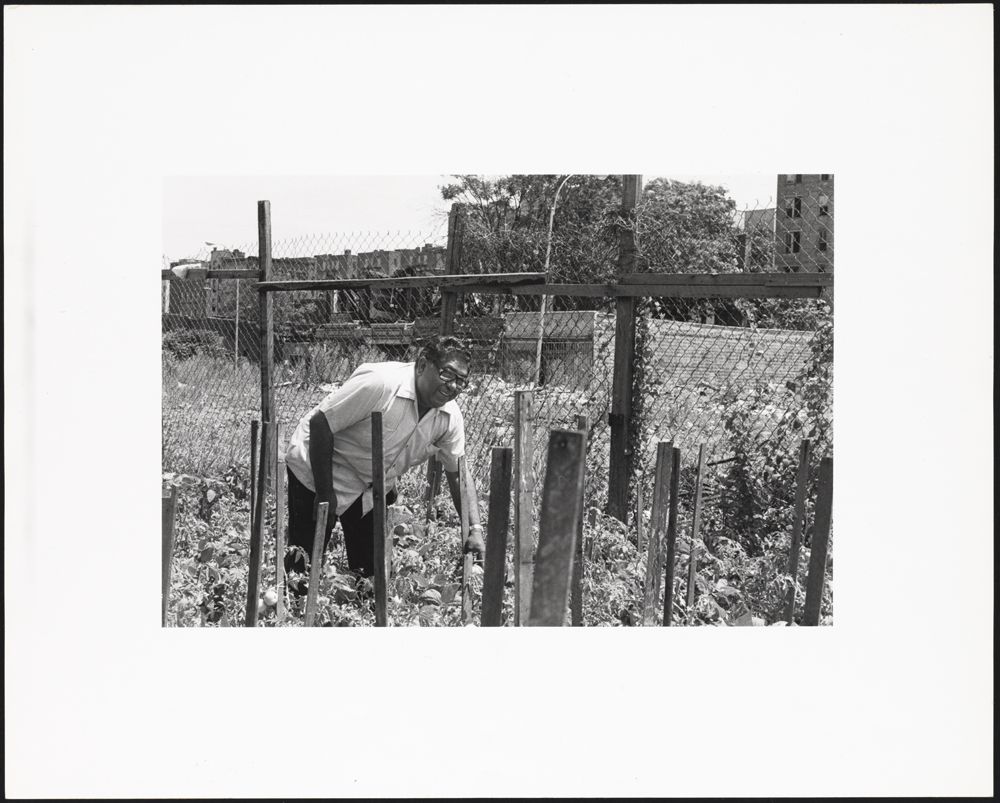
©Mel Rosenthal for the NY Times, Mikey Nuñez working in the community garden. 1976-1982 Gelatin silver print Museum of the City of New York, Gift of Roberta Perrymapp, 2013.12.38 Mikey Nuñez working in the community garden. 1976-1982 Gelatin silver print Museum of the City of New York, Gift of Roberta Perrymapp, 2013.12.38
Posts on Lenscratch may not be reproduced without the permission of the Lenscratch staff and the photographer.
Recommended
-
Shinichiro Nagasawa: The Bonin IslandersApril 2nd, 2024
-
The International Women in Photo Association Awards: Lorraine Turci: The Resilience of the CrowMarch 16th, 2024
-
The International Women in Photo Association Awards: Rayito Flores Pelcastre: Chirping of CricketsMarch 14th, 2024
-
The International Women in Photo Association Awards: Louise Amelie: What Does Migration Mean for those who Stay BehindMarch 12th, 2024
-
Brandon Tauszik: Fifteen VaultsMarch 3rd, 2024





























































